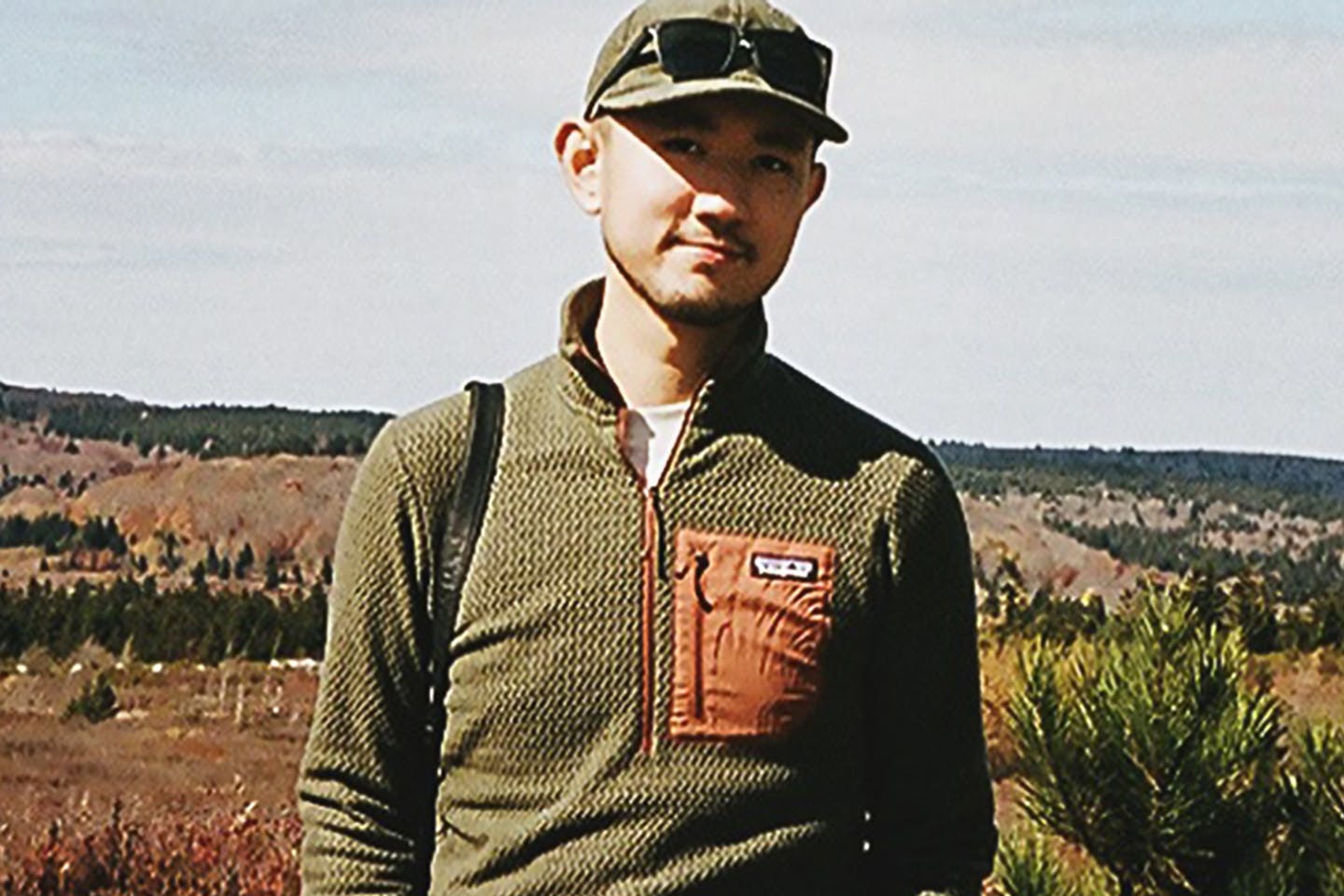
Lang '19, Parsons '21
BA Urban Studies ’19, Eugene Lang College of Liberal Arts
MS Design and Urban Ecologies ’21, Parsons School of Design
What are you working on now?
I work as the energy planner at the New York City Environmental Justice Alliance [NYC-EJA], where I focus on helping New York transition to an emissions-free future that centers frontline communities.
NYC-EJA is a citywide membership organization that represents and elevates community-based organizations on environmental justice issues by formulating specific campaigns. As the energy planner, I plan, organize, and lead transition campaigns such as the PEAK Coalition and our REVitalize partnership. The PEAK Coalition is the nation’s first comprehensive effort to replace dirty “peaker” power plants with renewable energy and battery storage technologies. REVitalize Partnership gathers community-based organizations to advance community co-owned renewable energy projects across New York State.
Beyond our campaigns, I also work on addressing issues such as fighting false solutions (hydrogen, waste-to-energy power plants, etc.), ensuring equitable development of offshore wind, and scrutinizing cap-and-invest programs along with my executive director. We at NYC-EJA are the first and only environmental justice organization to be a stakeholder member of the New York Independent Systems Operator, the entity in charge of ensuring power system reliability and competitive markets for the state.
When you started your program, what did you think you would be doing?
When I first landed at Lang, I wanted to be in the film industry. Cinema has always been a passion of mine and something that I still enjoy, but my first step into urban design started when I took my first undergraduate seminar class on images and representations of New York City.
Slowly but surely, I began taking classes offered by the Urban Studies program and on topics such as anthropological home analysis—including toilets; thanks, Professor Heiman—in which I examined the links between transportation and gentrification. Around this time, I was also taking design classes and getting more interested in shaping our built environment.
From there the rest is history. I was able to take advantage of The New School’s Bachelor’s-Master's program, earning both a BA in Urban Studies and an MS in Design and Urban Ecologies.
What was a new way of learning that you experienced at The New School?
Although I don’t have a comparison per se, I think The New School has a really unique style of instruction. Almost every class is seminar style. The smaller environment helped me develop a close relationship with many professors. Faculty at The New School are also often working professionals or working on projects with a university-sponsored institute or laboratory, and it was fascinating to learn from them what a professional career in urbanism looks like early on. Studying along with a hard-working cohort of students amid the hustle and bustle of the city, I started developing a professional career in parallel with my academic experience very early on in the field.
How did that change your way forward?
I think my experiences at The New School helped me become a more independent thinker, scholar, and practitioner. I’m now better able to prioritize tasks and ensure that the quality of my work is good and accountable to the communities that I serve.
Even today, I still cross paths with some faculty working in New York City and am able to develop a network of relationships with interesting and respected people at the forefront of urban design and environmental justice. I learn a great deal from them about both pushing forward the important task of tackling growing inequality and the climate crisis.
Where do you see yourself in five years?
Studying and working in the environmental justice field is something that I have pursued for the last few years and something that I hope to keep on doing five years on. Energy justice is a fascinating field, but I would like to expand my breadth of experiences in it beyond energy with things like waterfront mitigation, waste management, and street design. What that looks like in five years’ time—whether in different capacities at NYC-EJA, back to school for a doctorate, or even heading toward working for city or state government—I don’t know at the moment, but I will explore opportunities as I see fit.
How do you want to leave your mark on the world?
We live in a society that is facing many issues and challenges left to us by decades of plundering of the working class and the earth by the elites. It is also clear now that the idea of individual responsibility and the ability to “change the world” is a fantasy for most of us. But by being a part of the environmental justice movement and working with a team of activists, I do hope to plant seeds of joy that push my generation and the next forward and bring about a better future as a collective force.